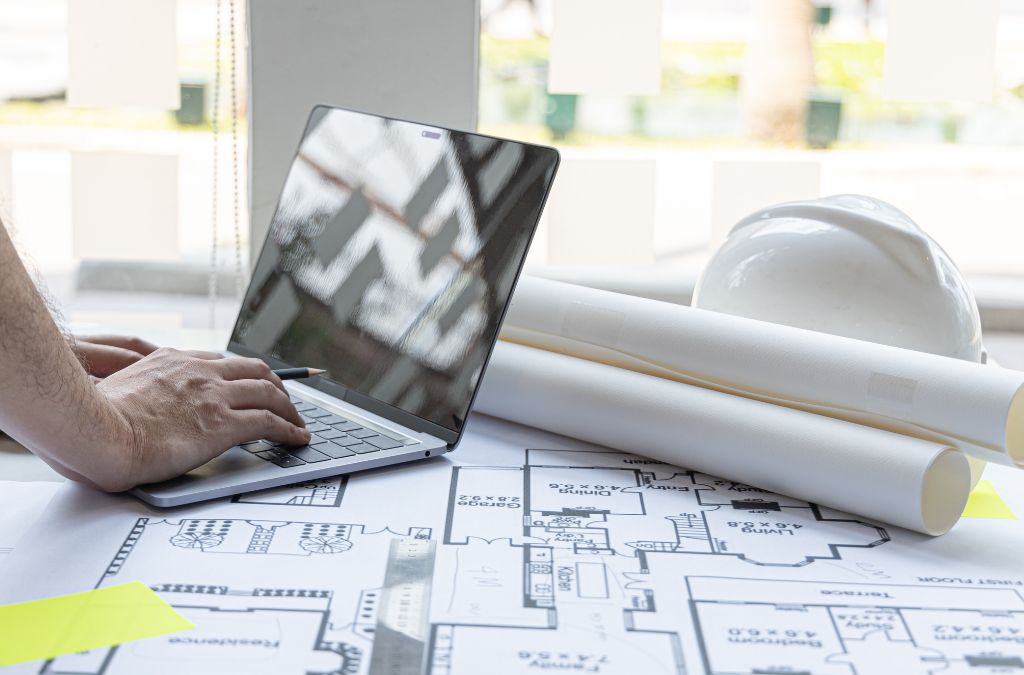-
Table of Contents
- Architectural Genius: Crafting the Future of Design
- Emerging Trends in Architectural Design
- Green Architecture
- Smart Buildings
- Adaptive Reuse
- Innovative Technologies in Architecture
- Building Information Modeling (BIM)
- 3D Printing
- Virtual Reality (VR) and Augmented Reality (AR)
- Case Studies: Architectural Marvels of the Future
- The Crystal, London
- One Central Park, Sydney
- Marina Bay Sands, Singapore
Architect Genius: Crafting the Future of Design
Architecture has always been a reflection of human ingenuity and creativity. As we move further into the 21st century, the field of architecture is evolving at an unprecedented pace. This article explores the innovative trends and technologies shaping the future of architectural design, highlighting key examples and case studies that illustrate these advancements.
Emerging Trends in Architectural Design
Several trends are currently influencing the direction of architectural design. These trends are not only reshaping the aesthetics of buildings but also their functionality and sustainability.
Green Architecture
Green architecture focuses on creating environmentally friendly and sustainable buildings. This trend is driven by the growing awareness of climate change and the need for energy-efficient structures. Key features of green architecture include:
- Use of renewable energy sources such as solar and wind power
- Incorporation of green roofs and walls
- Implementation of rainwater harvesting systems
- Utilization of sustainable building materials
A notable example is the Bosco Verticale in Milan, Italy. These residential towers are covered with over 900 trees and 20,000 plants, significantly improving air quality and providing natural insulation.
Smart Buildings
Smart buildings integrate advanced technologies to enhance the comfort, efficiency, and security of their occupants. These buildings utilize the Internet of Things (IoT) to connect various systems and devices, allowing for seamless automation and control. Key features include:
- Automated lighting and climate control systems
- Advanced security systems with facial recognition
- Energy management systems that optimize power usage
- Smart appliances and devices
The Edge in Amsterdam is a prime example of a smart building. It uses IoT technology to create a highly efficient and comfortable working environment, earning it the title of the world’s most sustainable office building.
Adaptive Reuse
Adaptive reuse involves repurposing old buildings for new uses, preserving their historical value while meeting modern needs. This trend is gaining popularity as it offers a sustainable alternative to demolition and new construction. Key benefits include:
- Preservation of cultural heritage
- Reduction of construction waste
- Cost savings compared to new construction
- Revitalization of urban areas
The Tate Modern in London is a successful example of adaptive reuse. Originally a power station, it has been transformed into a world-renowned art museum, attracting millions of visitors each year.
Innovative Technologies in Architecture
Technological advancements are revolutionizing the way architects design and construct buildings. These innovations are making it possible to create structures that were once unimaginable.
Building Information Modeling (BIM)
BIM is a digital representation of the physical and functional characteristics of a building. It allows architects, engineers, and construction professionals to collaborate more effectively, improving the accuracy and efficiency of the design process. Key benefits of BIM include:
- Enhanced visualization of the design
- Improved coordination among project stakeholders
- Reduction of errors and rework
- Better cost estimation and project management
The Sydney Opera House is an example of a project that benefited from BIM. The technology was used to create a detailed digital model of the building, facilitating its complex renovation process.
3D Printing
3D printing is transforming the construction industry by enabling the creation of complex and customized building components. This technology offers several advantages, including:
- Reduced construction time and costs
- Minimized material waste
- Greater design flexibility
- Improved precision and quality
The first 3D-printed office building in Dubai demonstrates the potential of this technology. The building was constructed in just 17 days, significantly faster than traditional methods.
Virtual Reality (VR) and Augmented Reality (AR)
VR and AR are enhancing the way architects visualize and present their designs. These technologies allow for immersive and interactive experiences, making it easier to communicate design concepts to clients and stakeholders. Key applications include:
- Virtual walkthroughs of building designs
- Real-time visualization of design changes
- Enhanced collaboration and decision-making
- Improved client engagement and satisfaction
The use of VR in the design of the new headquarters for the Shanghai Tower allowed stakeholders to experience the building before construction began, leading to more informed decisions and a better final product.
Case Studies: Architectural Marvels of the Future
Several recent projects exemplify the innovative trends and technologies discussed above. These case studies highlight the potential of modern architecture to create functional, sustainable, and aesthetically pleasing structures.
The Crystal, London
The Crystal is one of the world’s most sustainable buildings, showcasing cutting-edge green architecture. It features:
- Solar panels that generate renewable energy
- Rainwater harvesting and recycling systems
- Highly efficient heating and cooling systems
- Smart building technologies for energy management
This building serves as a model for sustainable urban development, demonstrating how modern architecture can contribute to a greener future.
One Central Park, Sydney
One Central Park is a mixed-use development that combines green architecture with innovative design. Key features include:
- Vertical gardens that cover the building’s facade
- A cantilevered heliostat that reflects sunlight into shaded areas
- Energy-efficient systems and renewable energy sources
- Smart building technologies for enhanced comfort and efficiency
This project has received numerous awards for its innovative design and sustainability, setting a new standard for urban living.
